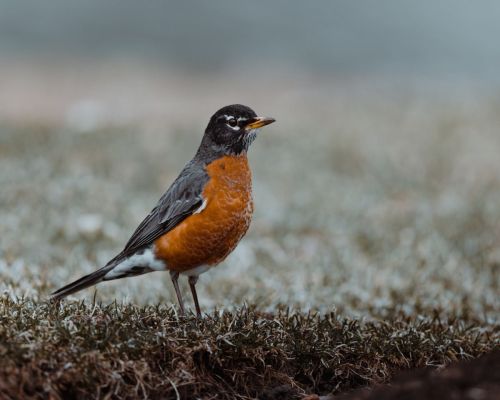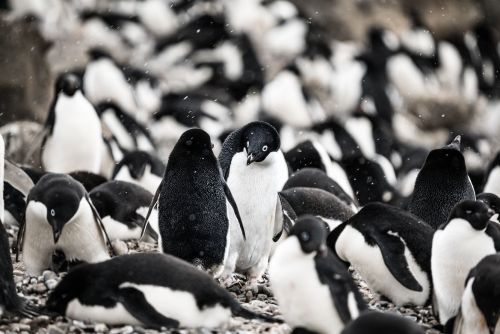Extremely beautiful, appreciated by breeders around the world. It is found in areas of South America, in Brazil, Paraguay, Bolivia, but the most numerous population is located in the Pantanal plain in Brazil.
It is the largest flying parrot, a bird with feathers of beautiful color, a species in danger of extinction. Its greatest threat is man.
It is currently found in three main areas of the continent: northern Brazil, eastern Bolivia, and northeastern Paraguay. Its largest population is found in the Pantanal, a natural region that includes the world's largest tropical wetland and the world's largest flooded grassland.
It generally avoids dense, moist forests, and is most often found on their edges or along tropical rivers.
The species inhabits savannas with palm groves, preferring especially the moriche palm (Mauritia flexuosa), secondarily jungles and forests, where it often sleeps or rests.
He described it under the binomial name Psittacus hyacinthinus.
Its body length is about 95-100 centimeters, almost half of which is the tail. Considering that the parrot weighs less than 2 kilograms, its wingspan of about 120 centimeters is also impressive.
Only around the dark brown eyes and at the base of the bill is there bare yellow skin. There is basically no difference in appearance between males and females, except that the female is more slender.
The Hyacinth Macaw has a large, strong, curved, gray-black beak. It is used to split food.
There are four toes on each leg - two pointing forward (third and second) and two pointing backward (first and fourth). This type of foot structure is characteristic of parrots (also woodpeckers or owls) and is called zygodactyly.
The parrot's toes are long, delicate, and susceptible to damage.
It sleeps at night and flies out of the nest in the morning in search of food.
With their powerful beaks, Hyacinth Macaws can split very hard nuts, even coconuts, large Brazil nut pods and macadamia nuts. They also eat fruits and seeds, and some mollusks, such as snails, are part of their diet.
Macaws living in the Pantanal feed almost exclusively on the palm nuts of Acrocomia aculeata and Attalea phalerata.
Also known as the Panama tree, it is considered the national tree of the Republic of Panama.
Parrots first find a hole in the tree, then enlarge it and fill it with pieces of wood to adapt the nest for reproductive purposes.
They are usually found in pairs or larger groups. Hiacynth Macaws usually mate for life and will become uncomfortable if one of the birds disappears. A lonely parrot becomes lethargic and neurotic.
Potential breeders of these parrots should keep this in mind.
These birds reach sexual maturity after seven years. This is quite late compared to other Arini (the green-winged ara reaches sexual maturity between two and three years).
The female usually lays two to three eggs at two-day intervals, which incubate for about 28 days. Then the male alone provides food.
Their lifespan depends on many factors, but they are considered long-lived birds (their New Zealand cousins, Kakapo parrots, live up to 95 years).
According to the International Union for Conservation of Nature (IUCN), they are classified as Vulnerable (VU), which means that they are likely to become extinct in a relatively short period of time. Apart from natural enemies (birds, snakes, habitat loss, climate change), the main threat to these birds is from humans.
Poaching for meat and feathers and illegal trade are the main threats to the population. There is a high demand for the parrot's beautiful feathers, which are used to make hat ornaments and other accessories. Tourists, often unknowingly, are eager to buy travel souvenirs with hyacinth parrot feathers, contributing to the bird's extinction.
There is a connection between these birds, as the toco toucan eagerly eats manduvi fruit, thereby spreading the seeds of these trees, which gives the hyacinth macaws more trees to nest in. However, toucans raid the nests and eat the eggs.












